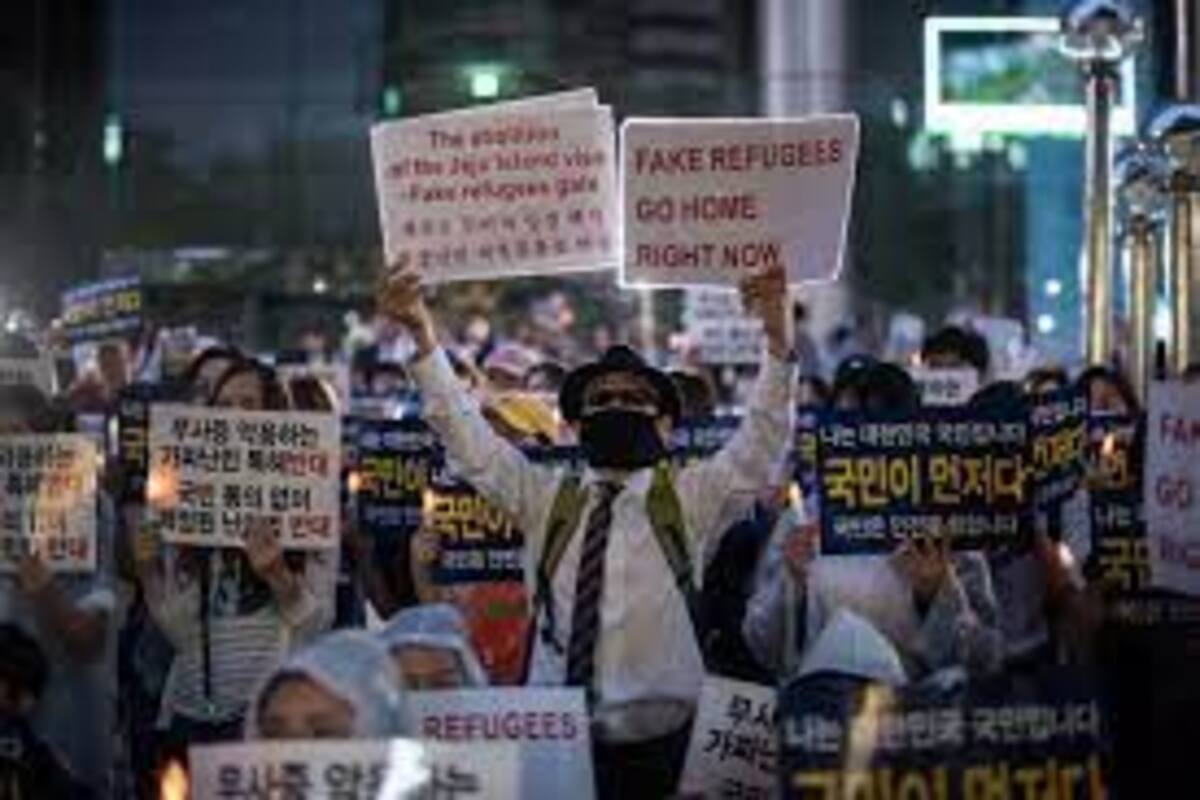I had a brief brush with Afghanistan during my visit to Islamabad, Pakistan, in the early 2000s. Outside a downtown shopping arcade, I found street vendors displaying finely crafted bracelets, necklaces and earrings. They were beautiful, and even could be called classic and archaic. The pieces supposedly came from neighbouring Afghanistan.
Advertisement
The real surprise was the prices: astonishingly cheap. I picked several items, feeling somewhat guilty. I thought the prices amplified the desperate desire of impoverished jewellery makers for any amount of income.
As the latest humanitarian crisis unfolded in that country after the Taliban’s rapid takeover and hasty US evacuation, I recalled the shopping interlude. I probably felt more embarrassed as images of war refugees overlapped with collateral damage, or incidental civilian casualties, a major international concern in America’s war on terrorism.
In conflicts like the one in Afghanistan, many civilians are sacrificed without knowing which side is to blame, or why they are targets. Their deaths aren’t even counted officially. Women and children are especially vulnerable in any war. One of the immediate fears in the Afghan mayhem is a repeat of the Taliban’s brutal treatment of women in the late 1990s, when the Islamic militant group ruled.
The chaos and panic at Kabul’s airport, the desperate crowds clinging to departing US military airplanes and the babies lifted over barbed wire, mirrored the scene at the port of Hungnam, North Korea, in December 1950. Back then, the withdrawal of United Nations forces following heavy losses to communist Chinese troops at the Battle of Lake Jangjin (Chosin Reservoir) set off a mass exodus of civilians.
The Americans, deciding to rescue as many refugees as possible, discarded weapons and other cargo to make room in their ships for soldiers. The rescue operation, also known as the “Miracle of Christmas,” removed some 91,000 refugees from the communist-ruled North. They included 14,000 transported on one ship, the SS Meredith Victory, a US merchant marine cargo freighter, which was designed to carry 60 crew members at the most. It was the single largest wartime evacuation of civilian refugees in US military history, an iconic event for the South Korea-US alliance.
This means that South Koreans may understand better than anyone “what it’s like to flee conflict, find safety and refuge,” as noted by James Lynch, head of the UN High Commissioner for Refugees Korea, at a press conference in December. But the reality speaks differently.
Lynch also revealed the results of a recent public survey. Among 1,016 South Korean respondents aged 18 or older, 33 per cent favored admitting refugees. Although it was 9 per cent more than in a similar 2018 survey, the majority, or 53 per cent, opposed opening the nation’s doors.
In 2018, South Korea was exposed to the global refugee crisis with the arrival of some 500 Yemeni refugees on Jeju Island, where 30-day visa-free entry was allowed. Even before the process of understanding their backgrounds began, there was a strong public outcry calling for their return to Yemen, despite the ongoing civil war there.
The unexpected appearance of Yemeni asylum-seekers sparked fears across the local community that the Muslim refugees might become a threat to national security and public safety. The fears were fanned by the Islamic terrorism and anti-refugee rhetoric overseas, as well as by the Taliban slaying of two South Korean missionaries and the bombing death of a soldier in Afghanistan in 2007.
However, the fears and concerns turned out to be ungrounded. Most of the Yemenis were permitted to stay on humanitarian grounds. None of them have been involved in any known criminal acts or threats to the nation.
Some say that the experience with the Yemenis was a factor in the relatively receptive attitudes of the South Korean public toward the 391 Afghans airlifted to Incheon aboard military planes on August 26. But the government had yet to pay much attention to public opinion when evacuating civilian professionals who had worked with South Koreans, and their families. They were given the status of “special contributors” and called “evacuees.”
The entrenched aversion to refugees among South Koreans hardly appears to stem from so-called “Islamophobia” or even the long-held myth of racial homogeneity. North Koreans who have resettled in the South tend to be called “defectors,” technically a term that more befits the position of North Korean authorities. They are seldom immune to discrimination and marginalization in the South.
“I’m grateful for the freedom I enjoy here and appreciate all the support given me when I came absolutely empty-handed,” says Kim Mi-suk, who arrived in 2004 via China and Cambodia, in an interview with the authors of “Desperate Lives” (Jeon Ju-ram & Gwak Sang-in; Geul Hangari, 2021). “But I can’t help but feel a distance that certainly exists between the kindest welfare counsellor and me. The gap can never be overcome as long as South Koreans consider us as ‘others,’ not the same people as themselves.”
Women accounted for 72 per cent of the 33,752 North Korean refugees registered with the Ministry of Unification as of the end of 2020. The figure reached 85.2 per cent in 2018. It means women face greater economic difficulties in North Korean society.
The UNHCR estimates that currently 82.4 million people are forcibly displaced worldwide, due to persecution, conflict, violence, human rights violations or events seriously disturbing public order. They include 26.4 million refugees, around half of whom are under the age of 18. Among the 391 Afghan civilians who recently arrived, almost half are children aged under 10, which reportedly helped move the hearts of young mothers in the county where the Afghans are temporarily sheltered.
It is time for the government and people to reconsider their views of refugees. As a party to the UN Convention Relating to the Status of Refugees, South Korea must share responsibilities and commitments to the international community. A rethinking of the notion of refugees will also help the nation transition to a truly multicultural society.
The Korea Herald/ANN.











